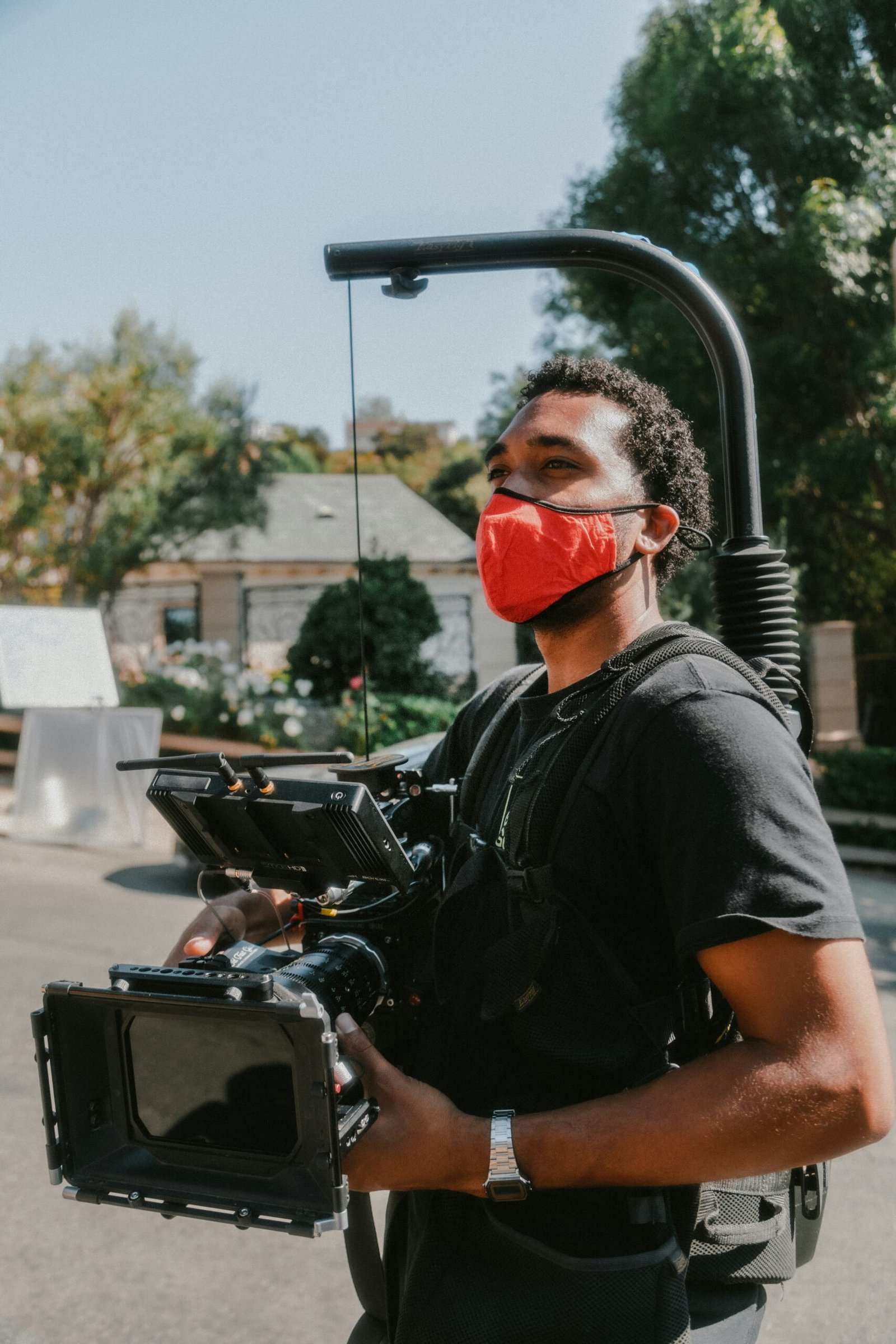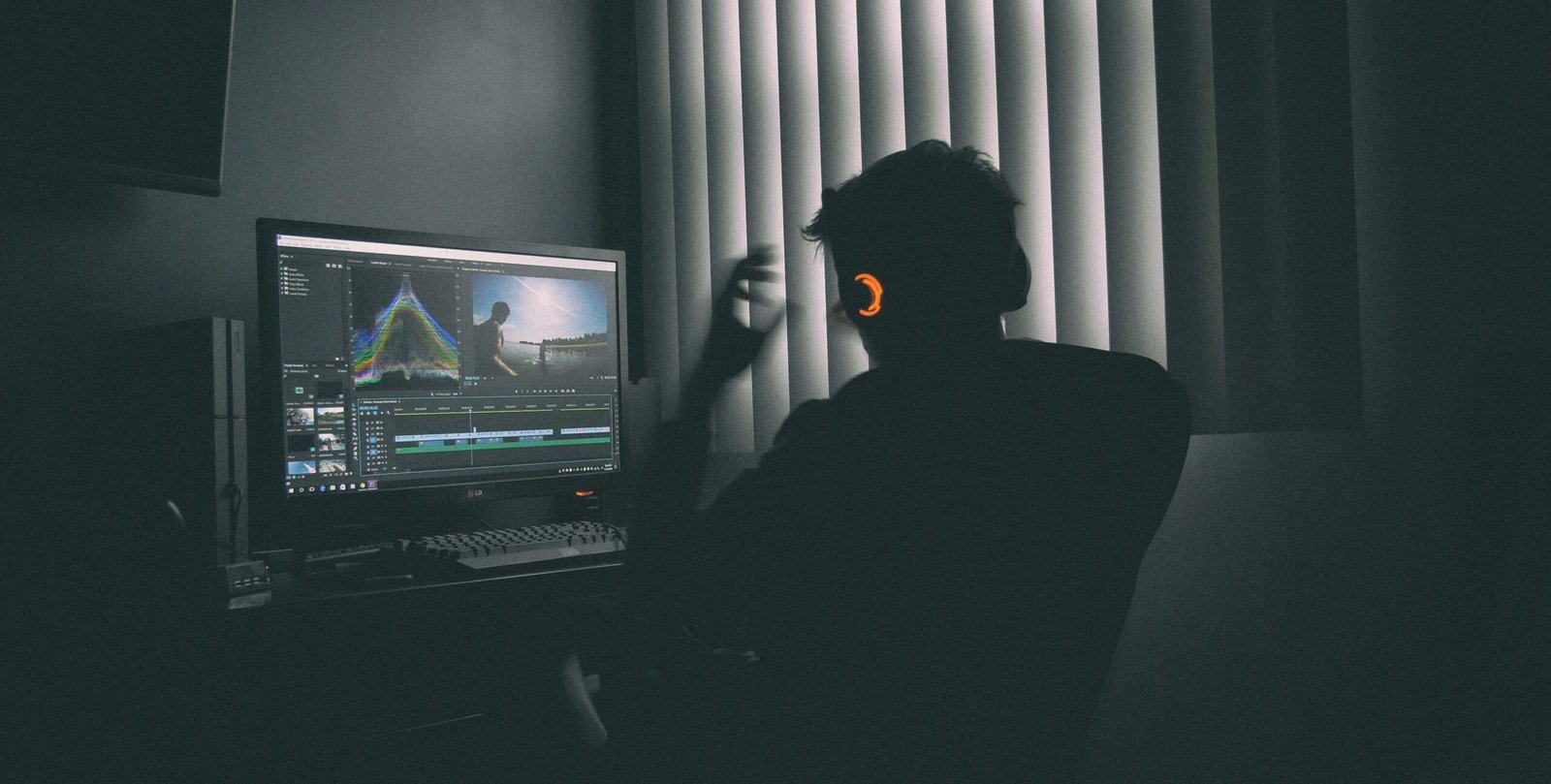Introduction to Ethnographic Filmmaking
Ethnographic filmmaking is a powerful medium that combines the art of filmmaking with the practice of ethnography. It allows researchers to capture and document the cultural practices, rituals, and traditions of different communities and present them in a visual format. In this blog post, we will explore the intersection of ethnography and filmmaking, the different modes of filmmaking, and the ethical considerations involved in this process.
Ethnography and Filmmaking: The Text and the Image
Ethnography is a research method used in anthropology to study and understand different cultures and societies. It involves immersing oneself in the community being studied, observing their behavior, and conducting interviews to gain insights into their way of life. Traditionally, ethnography has been presented in written form, as a text-based account of the researcher’s observations and analysis.
However, with the advent of filmmaking technology, ethnographers started using film as a medium to complement their written work. Ethnographic films provide a visual representation of the culture being studied, allowing viewers to experience the sights, sounds, and emotions of the community. This visual medium adds a new dimension to ethnographic research, making it more accessible and engaging for a wider audience.
Different Modes of Filmmaking
There are different modes of ethnographic filmmaking, each with its own approach and purpose. Let’s explore some of the common modes:
1. Observational Mode: This mode aims to capture the everyday life of a community without any interference from the filmmaker. The camera becomes a passive observer, documenting the events and interactions as they unfold naturally. This mode emphasizes the authenticity of the footage and provides a glimpse into the community’s lived experiences.
2. Participatory Mode: In this mode, the filmmaker actively engages with the community and becomes a part of their activities. This allows for a deeper understanding of the culture and enables the filmmaker to capture intimate moments and personal stories. The filmmaker’s presence may influence the events to some extent, but it also provides a unique perspective on the community’s dynamics.
3. Reflexive Mode: This mode acknowledges the filmmaker’s presence and role in shaping the narrative. It explores the relationship between the filmmaker and the community, highlighting the subjective nature of ethnographic filmmaking. The filmmaker may include their reflections, doubts, and challenges faced during the research process, adding a layer of self-awareness to the film.
Understanding the Use of Camera in Ethnography
The camera is a crucial tool in ethnographic filmmaking, as it allows researchers to capture and preserve cultural practices for future generations. However, the use of the camera should be approached with sensitivity and respect for the community being studied.
Ethnographers must consider the cultural norms and privacy concerns of the community before filming. In some cases, obtaining informed consent from the participants is necessary to ensure their willingness to be filmed. It is important to establish a relationship of trust and collaboration with the community, so they feel comfortable being captured on camera.
Additionally, the camera should be used ethically to represent the community’s culture and traditions accurately. Filmmakers must avoid sensationalism or misrepresentation, as it can perpetuate stereotypes and harm the community’s image. The camera should be a tool for cultural preservation and understanding, rather than exploitation.
The Filmmaker and the Filmed: Relationship and Understanding ‘Ethics’
The relationship between the filmmaker and the community being filmed is complex and requires a deep understanding of ethical considerations. Filmmakers must be aware of the power dynamics at play and strive for a collaborative and respectful approach.
Ethical filmmaking involves giving agency to the community, allowing them to have a say in how they are represented on screen. It is important to involve the community in the filmmaking process, seeking their input and feedback to ensure their voices are heard and their perspectives are accurately portrayed.
Furthermore, ethical filmmaking requires transparency and accountability. Filmmakers should be transparent about their intentions, methods, and any potential impact the film may have on the community. They should also consider the long-term consequences of their work and take steps to minimize any negative effects.
In conclusion, ethnographic filmmaking is an invaluable tool for documenting and understanding different cultures. It combines the art of filmmaking with the practice of ethnography, providing a visual representation of the community being studied. By adopting different modes of filmmaking, understanding the ethical use of the camera, and fostering a collaborative relationship with the community, filmmakers can create impactful and culturally sensitive ethnographic films.
















+ There are no comments
Add yours